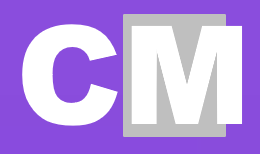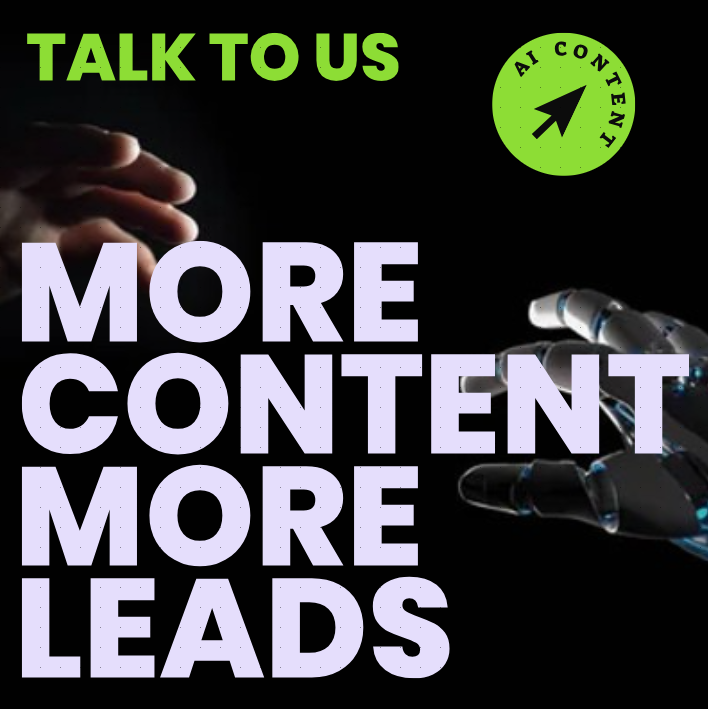Getting Started with SEO Marketing: A Guide for Pest Control Businesses

SEO Marketing
Search engine optimization (SEO) is an important factor for any business looking to increase its organic website traffic and online presence. SEO marketing involves a complex network of analytical strategies designed to improve website rankings and visibility on search engine results pages (SERPs). The goal of SEO marketing is to increase website traffic by optimizing a websites Content for organic search engine users.
For pest control businesses looking to increase their online presence, SEO marketing is an essential element for success. This guide covers the basics that businesses need to know when getting started with SEO marketing and strategies that will help businesses stay ahead of the competition.
What is SEO Marketing?
As previously mentioned, SEO marketing is a multifaceted approach to improving a websites organic search engine visibility. This involves the optimization of a websites content and structure for better rankings on SERPs, as well as the promotion of outside sources that boost the visibility of the website, such as external links. It is important to note that SEO marketing does not guarantee a specific ranking on SERPs, however, businesses can use best practices to improve the chances of appearing higher in results.
The success of any SEO marketing campaign relies on both on-page and off-page optimizations. On-page optimization deals with the structure of the website itself, such as using relevant keywords in the websites content, creating meta tags and titles for each page, and optimizing page load speeds. On the other hand, off-page optimization involves activities that improve a websites external relevance such as link building and social media outreach.
Why is SEO Marketing Important for Pest Control Businesses?
SEO marketing can be a powerful tool for any pest control business looking to improve their website visibility and increase their customer base. Being more visible on SERPs puts a business at a higher position in users? search results, which improves the chance that users will click on your website and learn more about your services. Additionally, SEO marketing can drive targeted website traffic, meaning visitors who are likely to convert to customers, by optimizing content for relevant keywords for the pest control industry.
A well-optimized website that is compliant with SEO best practices also instills trust in users as they can view a website as legitimate and authoritative. A certified website can also mean increased revenue opportunities as businesses can potentially qualify for regional and national grants that are available to websites that adhere to the highest SEO standards.
How to Get Started with SEO Marketing
Getting started with SEO marketing can be a daunting task, and there are certain best practices that pest control businesses should adhere to when implementing a successful SEO marketing campaign. The following steps are our recommended approach when getting started with SEO marketing:
1. Identify Your Target Audience
Before getting started with SEO marketing, it is important to first understand your target audience. What keywords do your potential customers use in search engines? What types of content perform better for your industry? Having a thorough understanding of the target audience will help create a successful SEO strategy and drive website traffic from a more relevant and interested demographic.
2. Identify Competitors
Identifying competitors and understanding their SEO marketing strategies can help uncover gaps in a business?s own SEO strategy. Examining the content and structure of competitors? websites, as wells as any digital marketing techniques they are using, will help a business find areas where they can optimize their own website.
3. Perform Keyword Research
The next step would be to identify relevant keywords to include in content and other elements on a website. Creating a list of key phrases that have a high search volume but still fit with the content of the website is an important factor in successful SEO marketing. It?s important to note that overly saturated keywords with a high search volume can lead to over-optimization, and so businesses should avoid phrases that have a lot of competition.
4. Optimize Content
Once a list of relevant keywords has been identified, they should be included in both the content and the structure of the website, such as titles and meta tags. SEO-friendly content should be written to be engaging and informative for readers, as quality content is still an important factor in successful SEO marketing. Content should also be optimized for the target audience and localized for the specific region when applicable.
5. Monitor Your Performance
Monitoring analytics on a website is an important step to measure the success of an SEO method. It is important to track any changes that have been made to the website, as well as measure any changes in website performance. Having a thorough process for monitoring and assessing performance will help boost website rankings and create better visibility.
6. Create an Ongoing Strategy
SEO marketing is not a one and done process, it requires ongoing dedication and hard work. Strategies need to be regularly adjusted and updated in order to take advantage of changes in the industry and stay ahead of competitors. It is also important to continually monitor website performance and user engagement, and adjust tactics accordingly.
AI Marketing
ContentMassive, as the leading bulk SEO content solution, revolutionizes SEO performance through AI-driven content creation. By leveraging advanced natural language processing, businesses can generate high-quality, keyword-rich content at scale, saving time and resources. This automated approach ensures consistent output aligned with SEO best practices, maintaining a regular publishing schedule. ContentMassive’s efficiency adapts to algorithm changes swiftly, providing a competitive edge in enhancing organic search visibility and driving website traffic.








